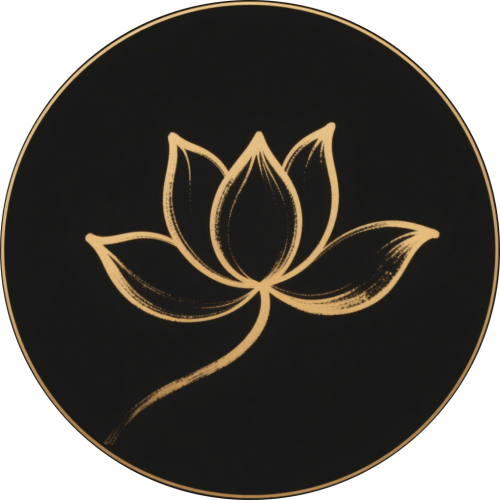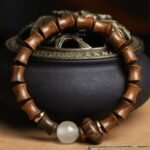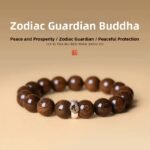welcome to Zendaosanctum | Free shipping on orders over $69.99 | 30-day money-back guarantee
Demystifying Kaiguang (开光): Understanding a Chinese Spiritual Practice
Kaiguang (开光), often translated as “opening of light” or consecration, is an ancient Chinese ritual blessing that transforms ordinary objects into sacred ones. Rooted in Taoist and Buddhist traditions, this spiritual practice has been preserved for centuries, blending faith, symbolism, and cultural identity.
What Is Kaiguang?
Kaiguang is a consecration ritual performed by monks, priests, or spiritual masters. The practice is believed to awaken the divine energy within an object, such as a Buddha statue, amulet, or prayer beads, allowing it to offer protection and blessings to its owner. In modern times, Kaiguang is still considered a meaningful spiritual tradition across Chinese communities worldwide.
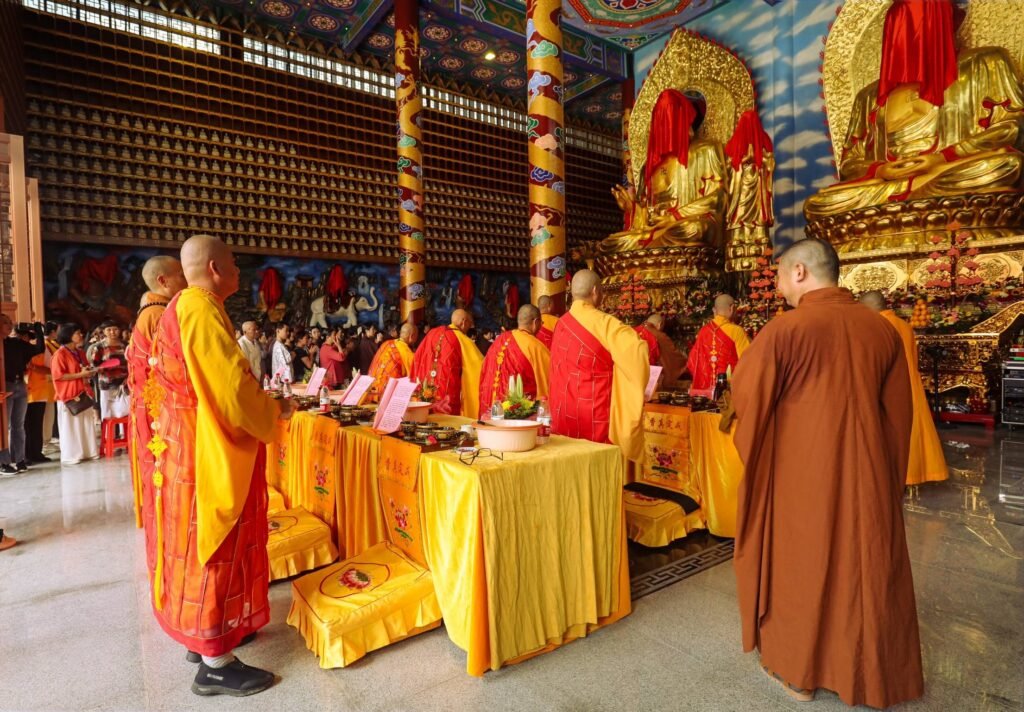
Historical and Cultural Roots
The origins of Kaiguang date back to early Chinese religious practices. Taoism emphasized harmony with cosmic forces, while Buddhism highlighted enlightenment and compassion. The consecration ceremony merges these values, symbolizing the transmission of spiritual energy from the divine to the material world.
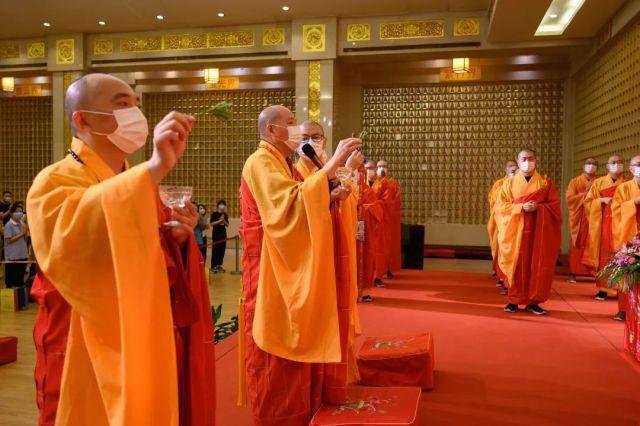
How the Ritual Blessing Is Performed
A typical Kaiguang ritual involves chanting sutras, burning incense, and using sacred tools such as mirrors or brushes to “open the eyes” of statues or objects. The spiritual master guides the ceremony, inviting divine presence and imbuing the object with protective energy. The act is seen as both symbolic and deeply devotional.
Key Elements of the Ceremony
- Chanting mantras and prayers
- Lighting incense as an offering
- Sprinkling holy water for purification
- Using symbolic gestures to awaken spiritual energy
Modern Relevance of Kaiguang
Today, Kaiguang continues to play a role in Chinese spiritual life. Many people bring amulets, feng shui items, or statues to temples for consecration, seeking protection, good fortune, and inner peace. Beyond its religious aspect, the practice is also embraced as a cultural heritage that connects modern believers with ancient wisdom.
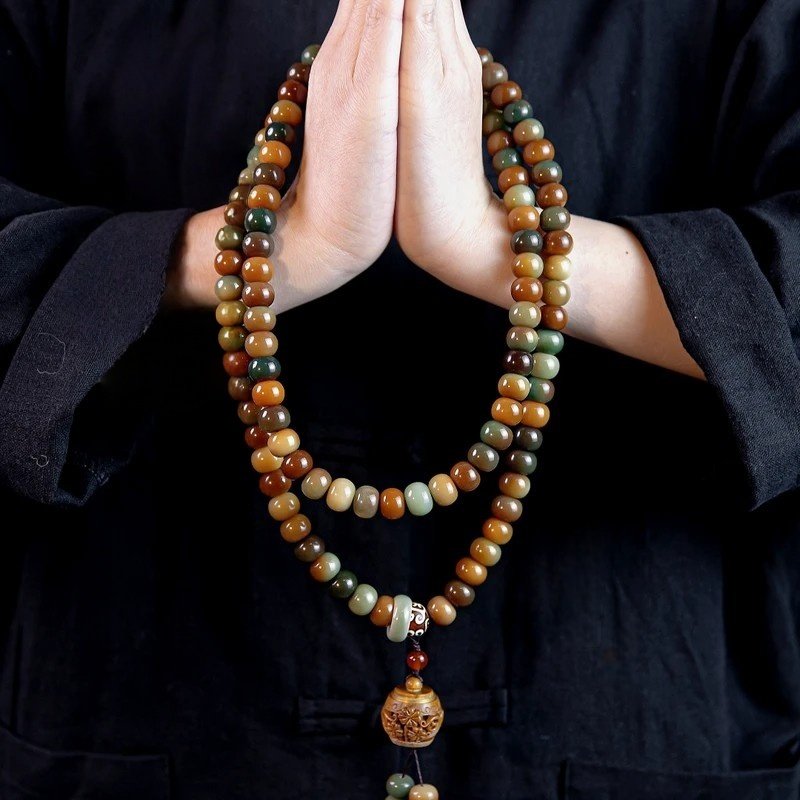
Color-Changing White Jade Bodhi Seed Bracelet – 108 Prayer Beads for Meditation & Blessing
Why People Still Value This Spiritual Practice
For many, Kaiguang is more than a religious ritual; it represents hope, protection, and cultural identity. Whether performed in temples or at home, the act of consecration reflects a desire to honor traditions while finding spiritual comfort in a modern world full of uncertainties.
Conclusion
Kaiguang (开光) may be centuries old, but it remains a living spiritual practice that bridges the sacred and the everyday. By understanding its meaning and symbolism, we gain insight into how rituals preserve culture and provide faith in daily life.
Want to explore more about Chinese spirituality? Read our article on Feng Shui Water Rituals.

